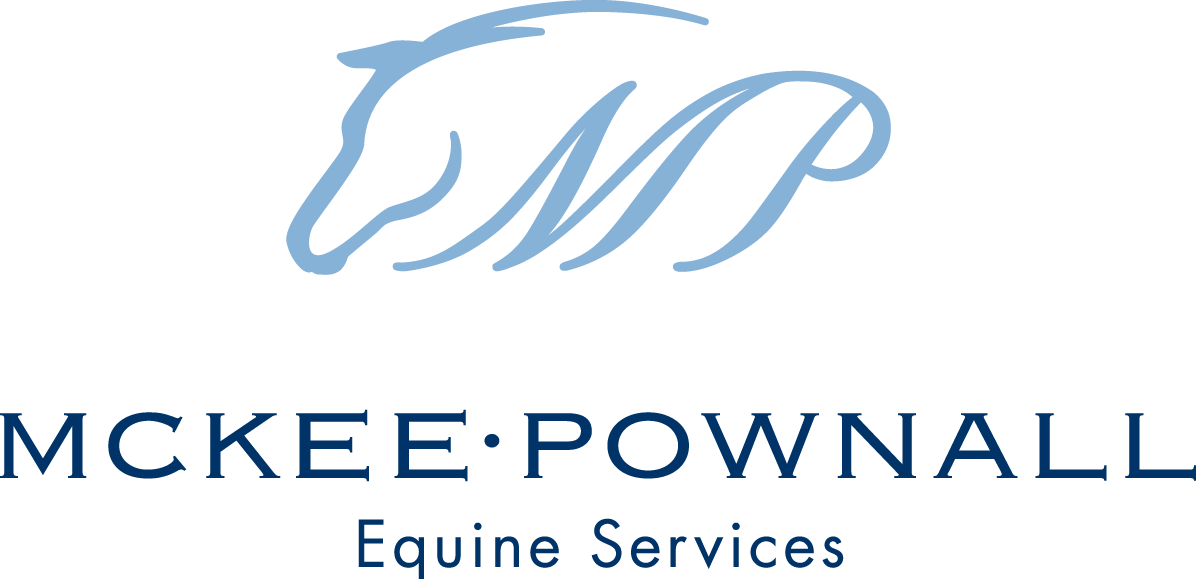K is for Kissing Spine
A Not-so-nice Kiss: Kissing Spine Case
The owner of an 8-year-old thoroughbred mare was having complaints of the horse not wanting to go forward and kicking out under saddle. The mares’ limbs palpated and flexed well, and the horse was sound while lunging, however, when a surcingle was applied the horse began taking small front steps. It was recommended to radiograph the horse's back and some areas of kissing spines were found. Please see the below radiographs with the areas of interest circled in red.
Kissing spines is a condition in which the vertebrae in the horses’ back are touching or “kissing” as opposed to having a normal spaced-out orientation. This is a result of the interspinous ligament having increased tension pulling the vertebrae closer together than normal. The mares’ back was injected at the locations of the kissing spines, and the horse went back to work after a couple of days off.
The horse was placed back into full work and was doing well for the initially 3 weeks however, it then slowly began to decline back into the initial form of not going forward and kicking out under saddle. The decision was made to send the horse for a surgery called Inter-Spinous Ligament Desmotomy (ISLD). This surgery was performed under local anesthesia and sedation. Small incisions were made over the areas of concern, and sterile scissors advanced through the incisions and cut through the ligaments that were holding the vertebrae too close together. The skin incision was closed and the horse was on antibiotics, and the incision was covered with bandages until the sutures were removed 10 days later. The mare was on 3 weeks of stall rest with daily hand-walking, followed by 3 weeks of small paddock turn out or lunging. Carrot stretches and exercises were performed to encourage the strengthening of the spine.
After that 6 weeks, the horse began to work under tack. The mare made her way back up to full work including jumping and did very well. Follow-up radiographs were taken with the areas of interest indicated with a mark above the vertebrae. Two years later, the mare made her way up the levels and performed well in the jumper ring.




